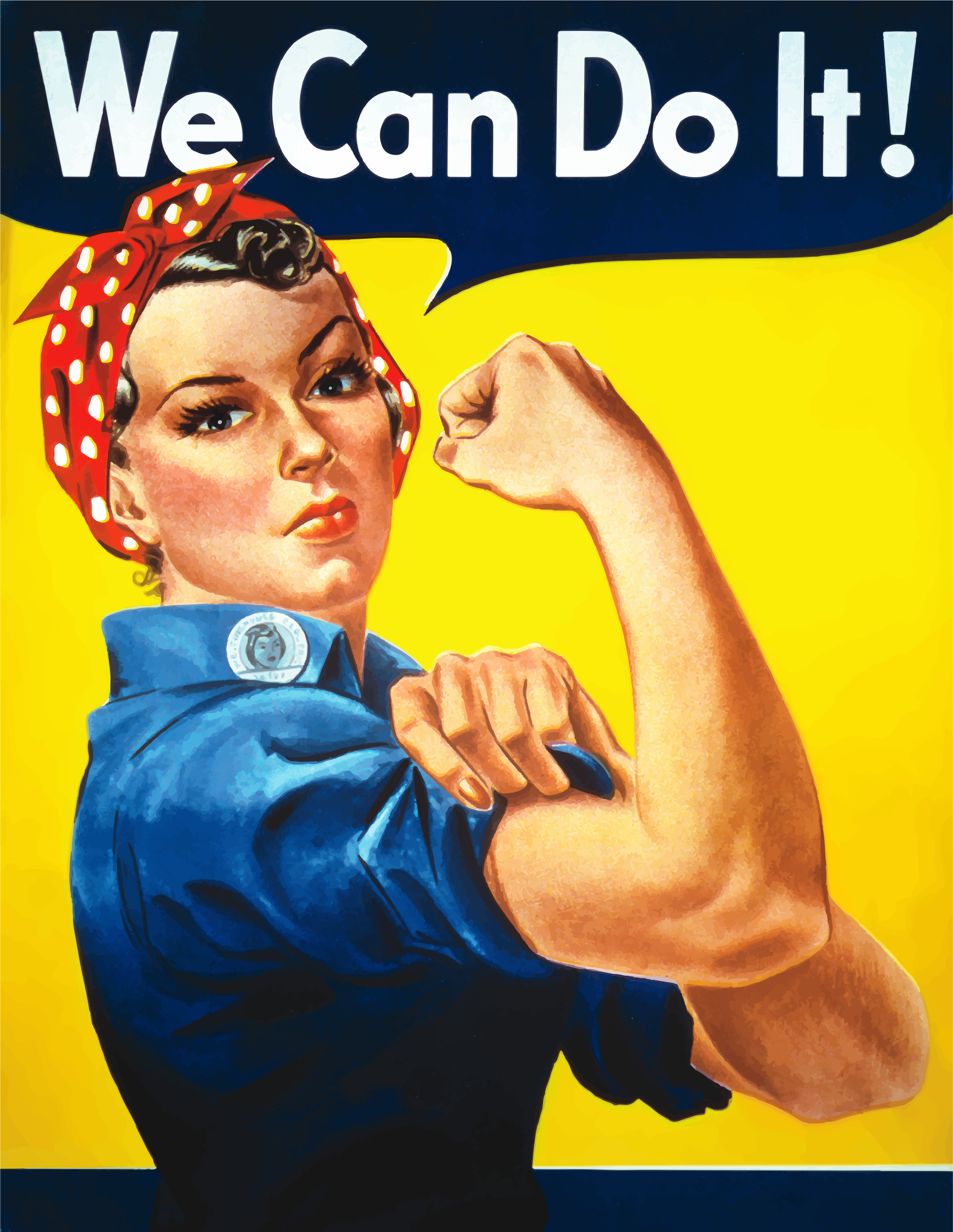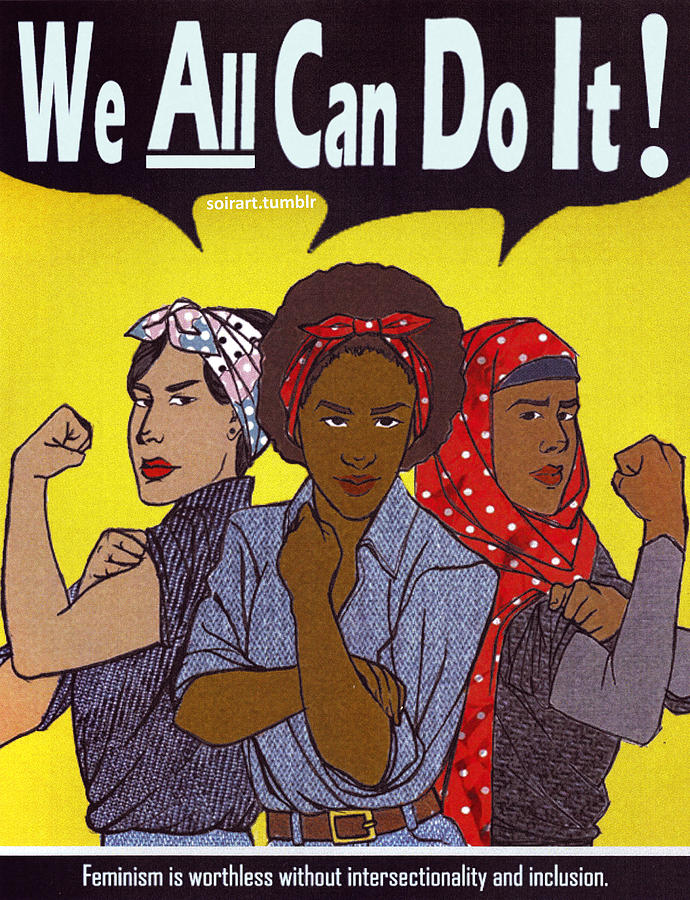The closest to the typeface I could find had to be bought, so I decided to go my own way and use one I feel more represents modern day statement text, going with my point of sterotypes being out of date the style of the poster is itself. I found a strong, modern typeface 'Brandon Grotesque' similar to the original but I didn't think its softness made the important statement I am trying to make.In the posters time of the war the text was light motivation to boost worker morale as it was a sensitive situation at the time as the women's husbands and sons were out fighting the war therefore it had to be light in its message but strong in image, whereas with these ads I want the message to be seen at full force.
A bold capital font would get the message across that this is something that needs to be taken in to consideration, that it's time for these stereotypes to change; this needs to grab attention from all directions. As this is so important for this advertising to work, I researched which were the top impactful headline fonts and those used most by designers allowing me to choose the one that stands out most and that is used most in this modern day to make this modernized campaign work to its full potential.
https://designschool.canva.com/blog/headline-font/
Franchise- demonstrates power and strength through its all capital character
The bold font- used in my initial billboard which seemed succesful with those I showed it to which isn't as rigid and has a softness to it
Asking others and thinking about it myself, I feel the bold font is still as loud eyecatching and strong as the other, but has more of a spirit to it which I want portrayed through the advertising whereas Franchise is a little rigid.
If it were to be done in my first attempt style I would use blue/pink reversed and it would look like this






















